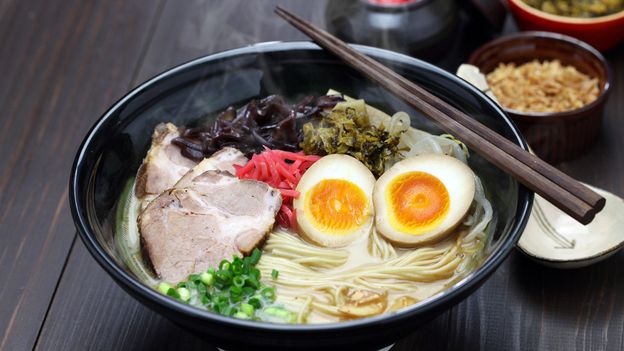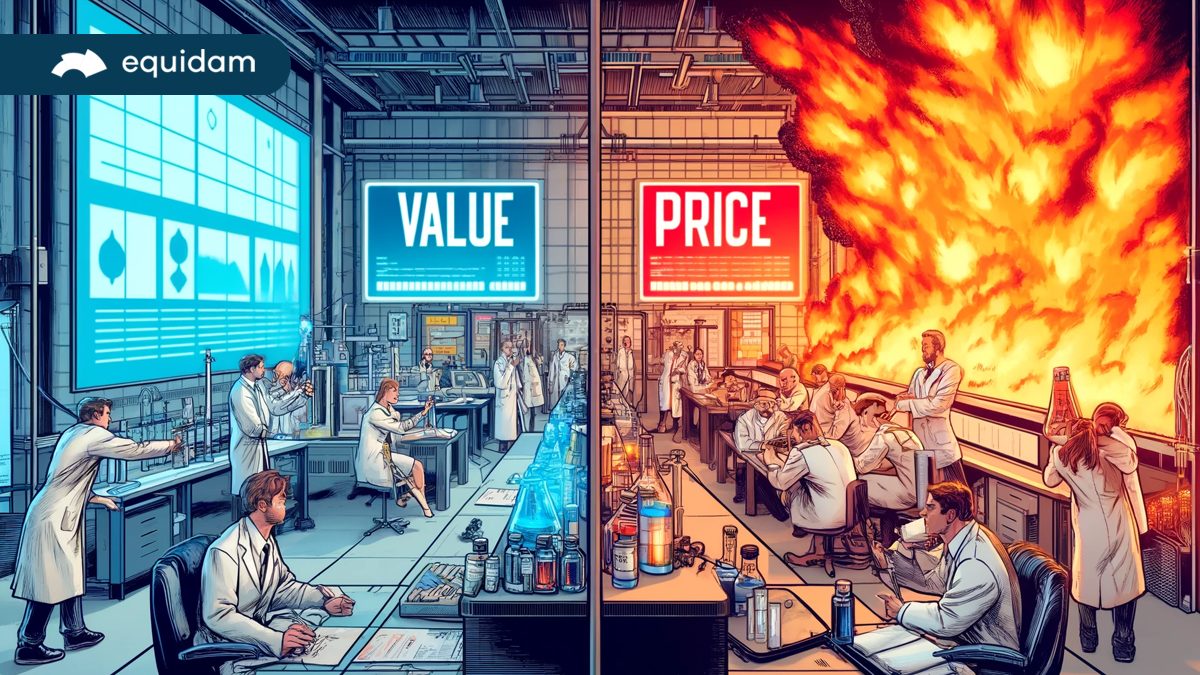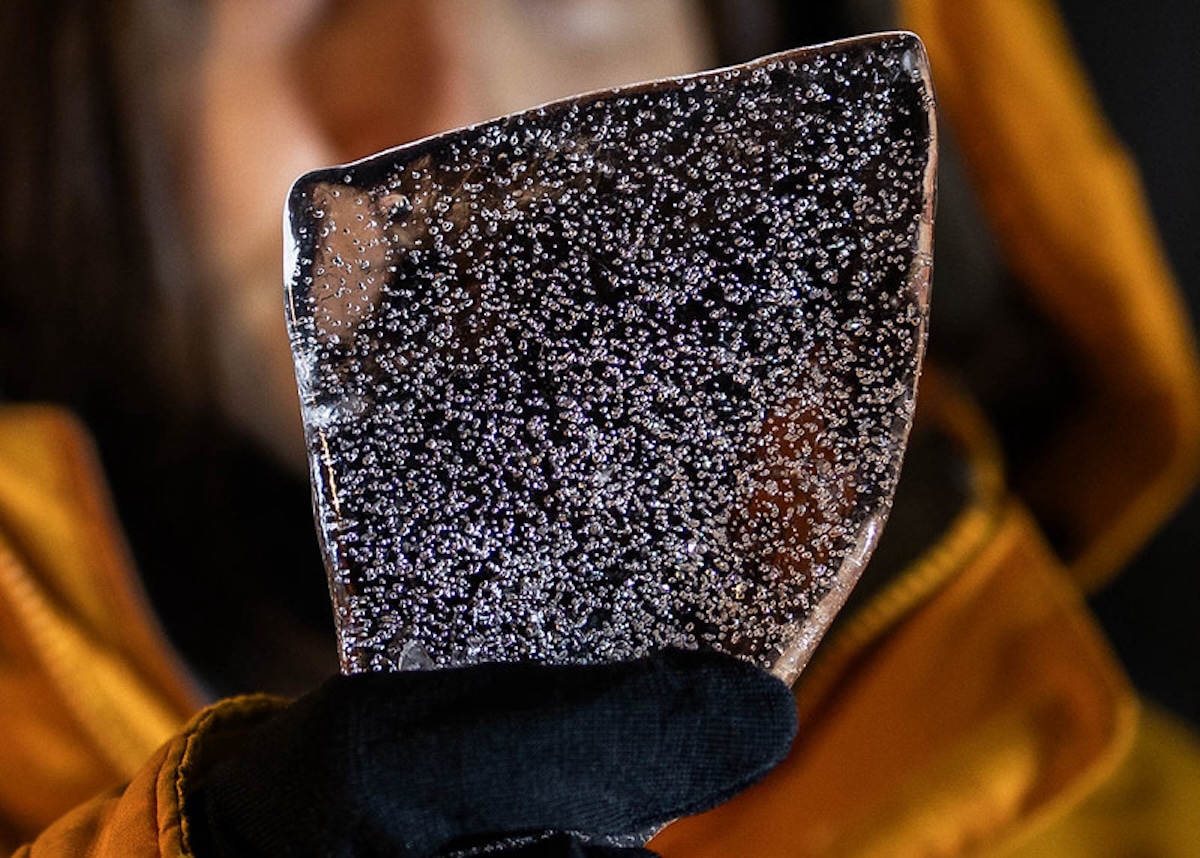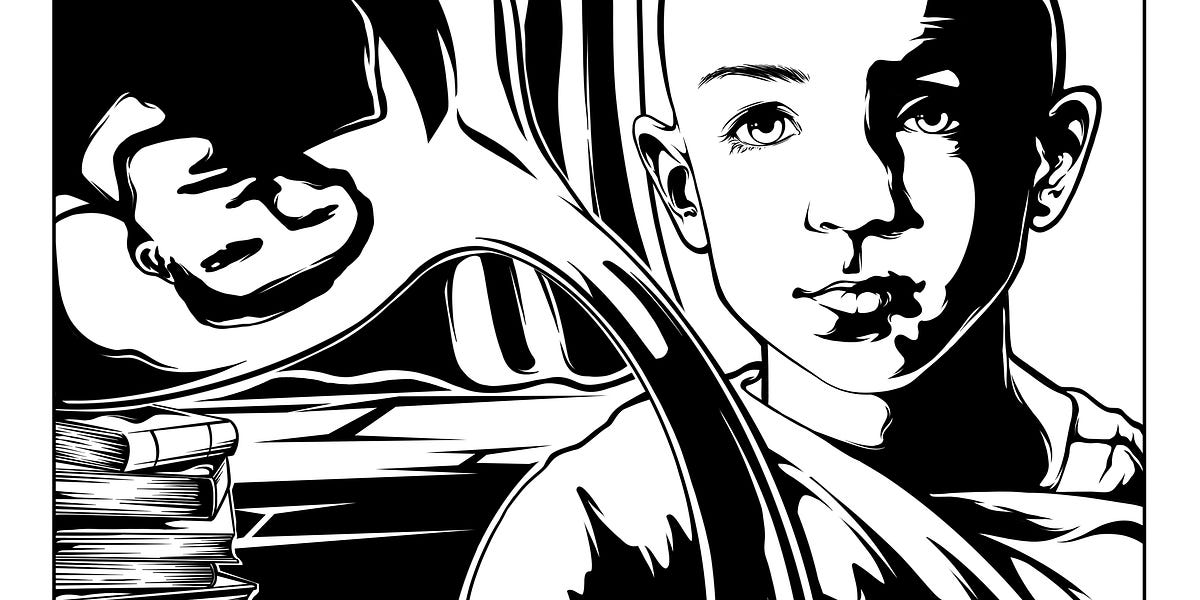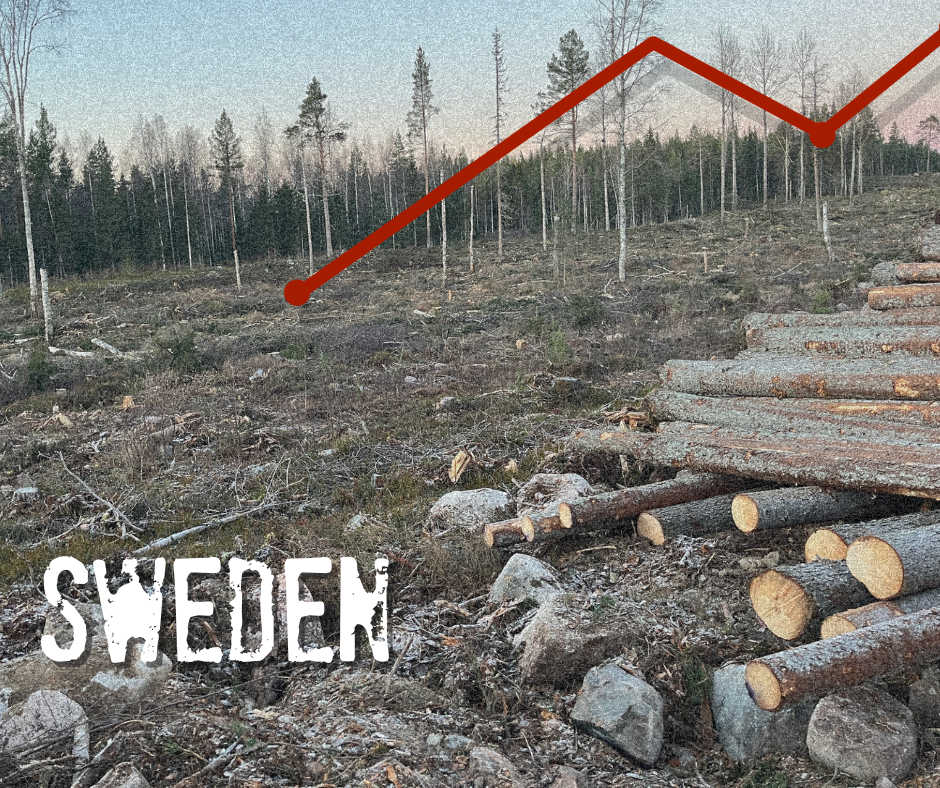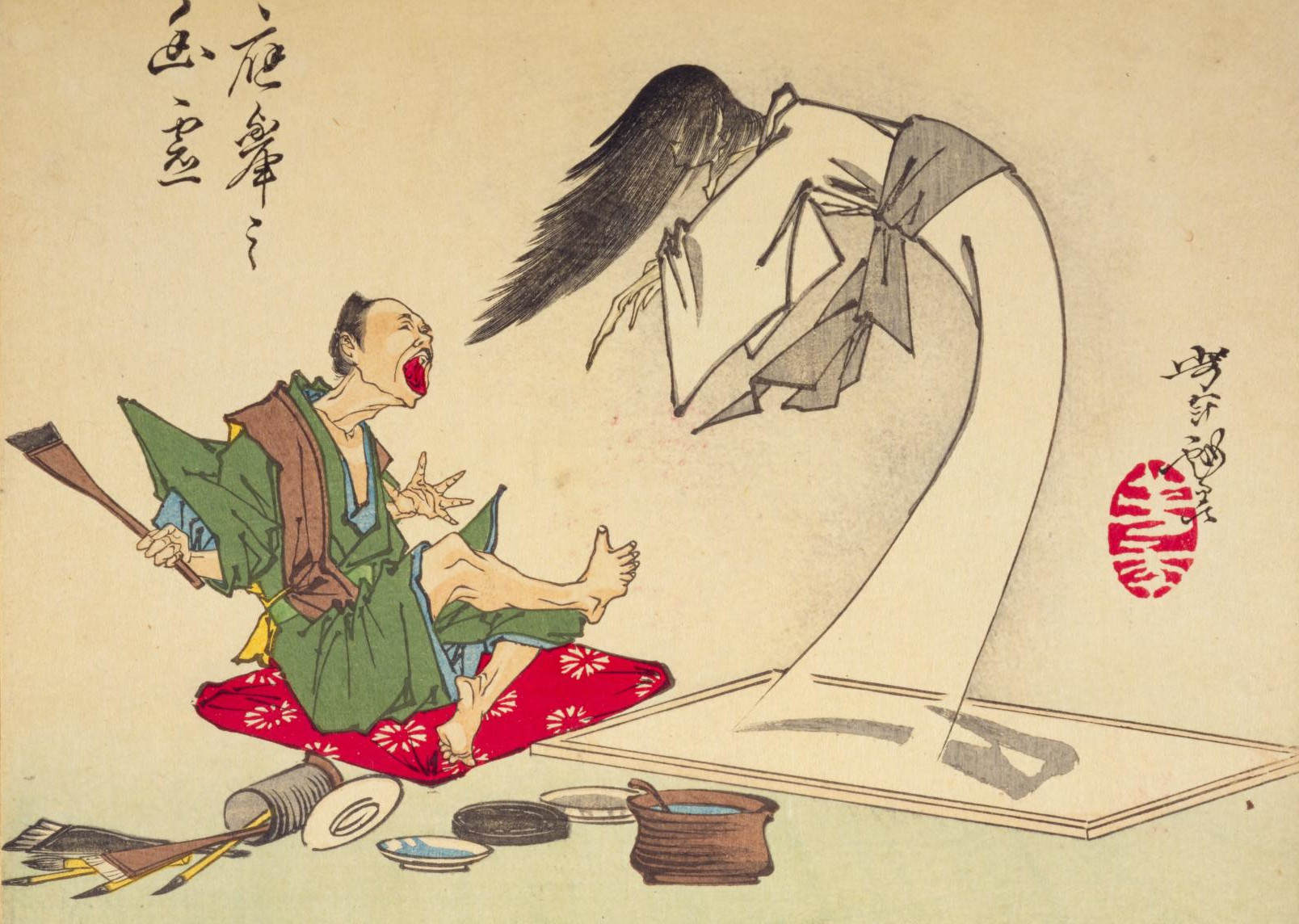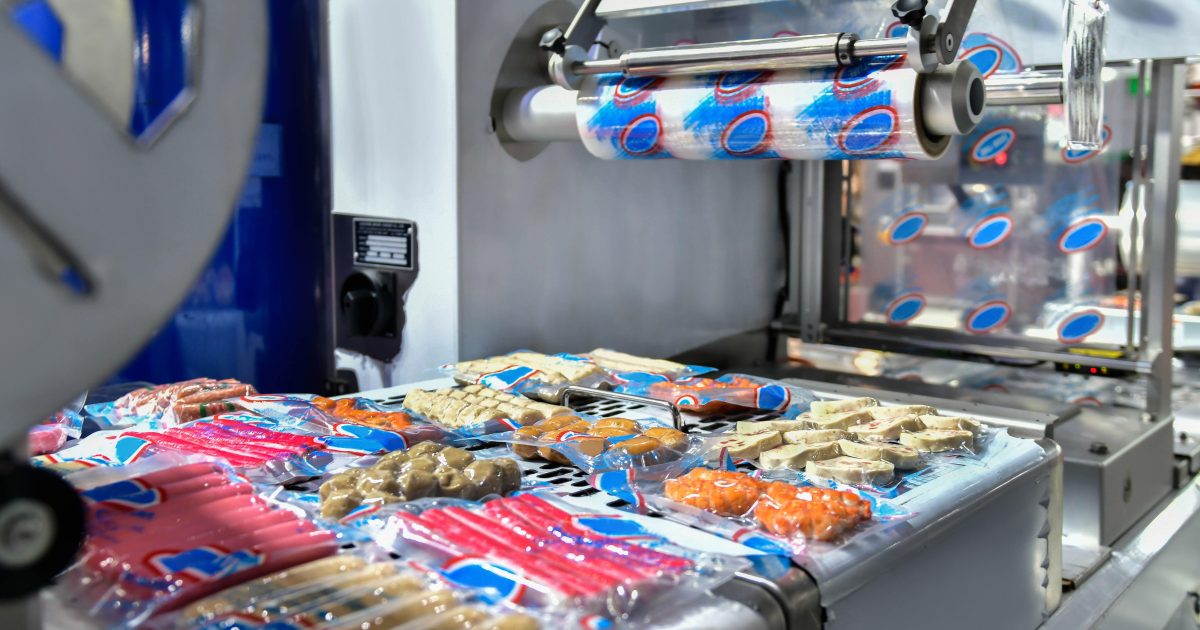
The Processed Food Fight
Ultra-processed foods often contain artificial colors and unnatural shapes—but that doesn't mean the whole category is unhealthy. Credit: Alamy
A fter decades of searching, many scientists believe they have finally pinned down the main problem with our modern diets—the factor driving ever-escalating rates of obesity, diabetes, heart disease and any number of other serious chronic conditions. The culprit isn’t saturated fats, trans fats or some new killer fat you haven’t of. It’s not cholesterol, carbs or sugars; dairy, gluten or meat. It isn’t a specific thing at all.
The problem, according to this increasingly popular argument, is that we’re eating lots of ultra-processed food or UPF. Traditionally, people used limited processing techniques such as cooking and pickling to preserve food or to make it more pleasant to eat. Modern food companies transform food much more extensively through techniques such as extrusion and molding, adding lab-derived components including flavorings, emulsifiers and preservatives. They use this additional processing to make foods that are cheaper, longer-lasting and more convenient.
“There’s a long, formal scientific definition, but it can be boiled down to this: If it’s wrapped in plastic and has at least one ingredient that you wouldn’t find in your kitchen, it’s UPF,” writes author and infectious disease doctor Chris van Tulleken in his recent, widely praised book, Ultra-Processed People: The Science Behind Food That Isn’t Food . These ultra-processed foods have come to represent a major part of people’s diets—a large majority in countries such as the United States, the United Kingdom and Canada. “We’ve started eating substances constructed from novel molecules and using processes never previously encountered in our evolutionary history, substances that can’t really even be called ‘food.’”
